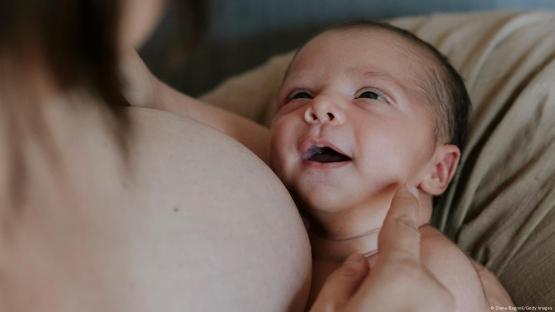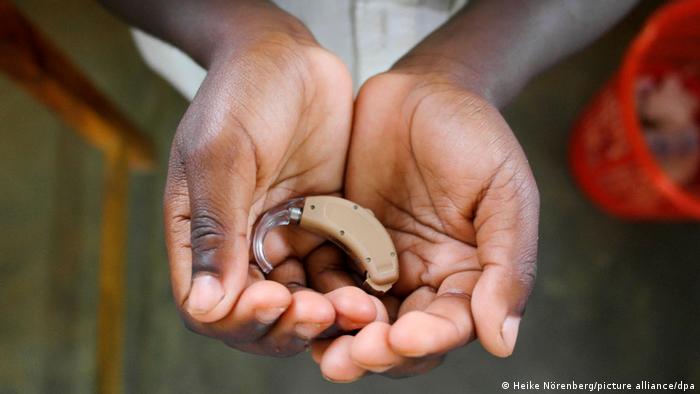A WARNING has been issued to those under the age of 30 amid a rise type 2 diabetes cases.
It’s a common condition that causes the level of sugar (glucose) in the blood to become too high, the NHS says.
Figures show that around 90 per cent of people with diabetes have type 2, and Diabetes UK says it’s often referred to as a ‘silent killer’ as most people don’t recognise the signs of the illness – brushing it off as something else.
A study published last month also found that a quarter of a million Brits don’t know they are living with the condition.
Now a new study has revealed that rates of type 2 diabetes in young adults have risen from 1990 to 2019.
Writing in the BMJ, the experts said in 1990 the rate of young adults (those under 30) being diagnosed was around 117 per 100,000 in the population.
In 2019, this increase by 56.4 per cent to 183, the experts found.
The authors said: “Our study showed a clear upward trend of the burden of early onset type 2 diabetes from 1990 to 2019.
“These findings provide a basis for understanding the epidemic nature of early onset type 2 diabetes and call for urgent actions to deal with the issue from a global perspective.”;;
The researchers said that the main risk factor for early onset diabetes was high body mass index (BMI).
The NHS says that if you have a BMI of 18.5 to 24.9 then you’re at a healthy weight.
But if it’s 25 to 29.9 then you would be classed as overweight, with those 30-39.9 being classed as obese.
If you have a BMI of 40 or above, then you’re severely obese.
Women also had a higher mortality rate than men under the age of 30, they added.
However this reversed when those in countries with low sociodemographic countries.
This refers to places where there is lower income and development is lacking.
KNOW THE SIGNS
The NHS says there are seven signs you can look out for when it comes to type 2 diabetes.
Experts state that many people have the condition without realising it.
This is because the symptoms might not always make you feel unwell, they said.
What to look out for:
- peeing more than usual, particularly at night
- feeling thirsty all the time
- feeling very tired
- losing weight without trying to
- itching around your penis or vagina, or repeatedly getting thrush
- cuts or wounds taking longer to heal
- blurred vision
WHO IS AT RISK?
The NHS says that if you’re over 40, or over 25 in south Asians, then you’re more at risk.
If you have a close relative with diabetes (such as a parent, brother or sister, or you’re overweight or obese then you’re also at an increased risk.
Also, if you’re of Asian, African-Caribbean or black African origin – even if you were born in the UK then you are at a higher risk.
You should see your GP if you’re worried about any of your symptoms.
In the event of the emergency, always call 999 or visit your closest A&E.




